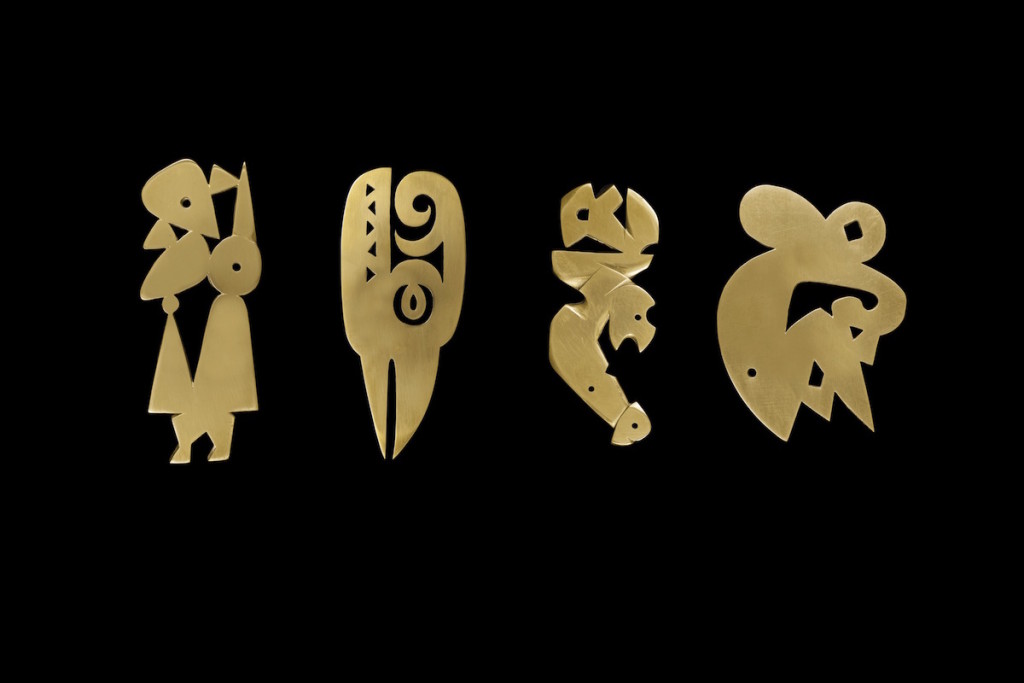 |
| Composizione (Composition), 1953 |
A visit to an exhibition at the Guggenheim is always highly
curated experience; that is, the main atrium (with its famous spiral walkway)
provides a specific context in which the viewer can observe the art. Throughout
the years, the Guggenheim has been criticized for being an awkward and
unorthodox space to present artwork; yet, it is in fact a perfect location for
the Alberto Burri retrospective.
The act of ascending the spiral walkway (despite architect
Frank Lloyd Wright’s wishes that visitors descend from the top floor) imbues
the show with a rhythmic narrative quality. Burri’s legacy as a master of materiality
experimentation and a pioneer of modern abstract expressionism is best
showcased chronologically, a presentation that hearkens back to storytelling
traditions from antiquity. The space itself allows for a celebration of the
artist’s evolution over time, as well as his own story, which adds a singular
quality to his approach to visual expression.
Burri’s work presents a thorough exploration of materiality,
and dissects and reassembles the language of dada, surrealism, and collage. His
materials run the gamut from organic to processed and further reflect the
retrospective’s narrative quality. We can see a sequential progression from one
material to the next; as one “experiment” ends a new one begins. Often times,
Burri’s choice in material coincides with a dynamic point in Italy’s history.
For example, his manipulation of hard metals through welding came about during
an economic boom, during which steel production skyrocketed. By contrast,
Burri’s older work breathes life into banal imagery with his Sacchi, in which he creates tortured collages
of humble and familiar textiles such as linen and burlap, which allude to Italy’s
ravaged social landscape during and after the Second World War.
In a way, Burri’s retrospective at the Guggenheim respects
ancient traditions of storytelling, and allows us to appreciate the art for its
craft and its context. The rawness and humanity of his work, the way in which
materials can be both beautiful and crude, become the spirit that unites the
artist to his surroundings.


























